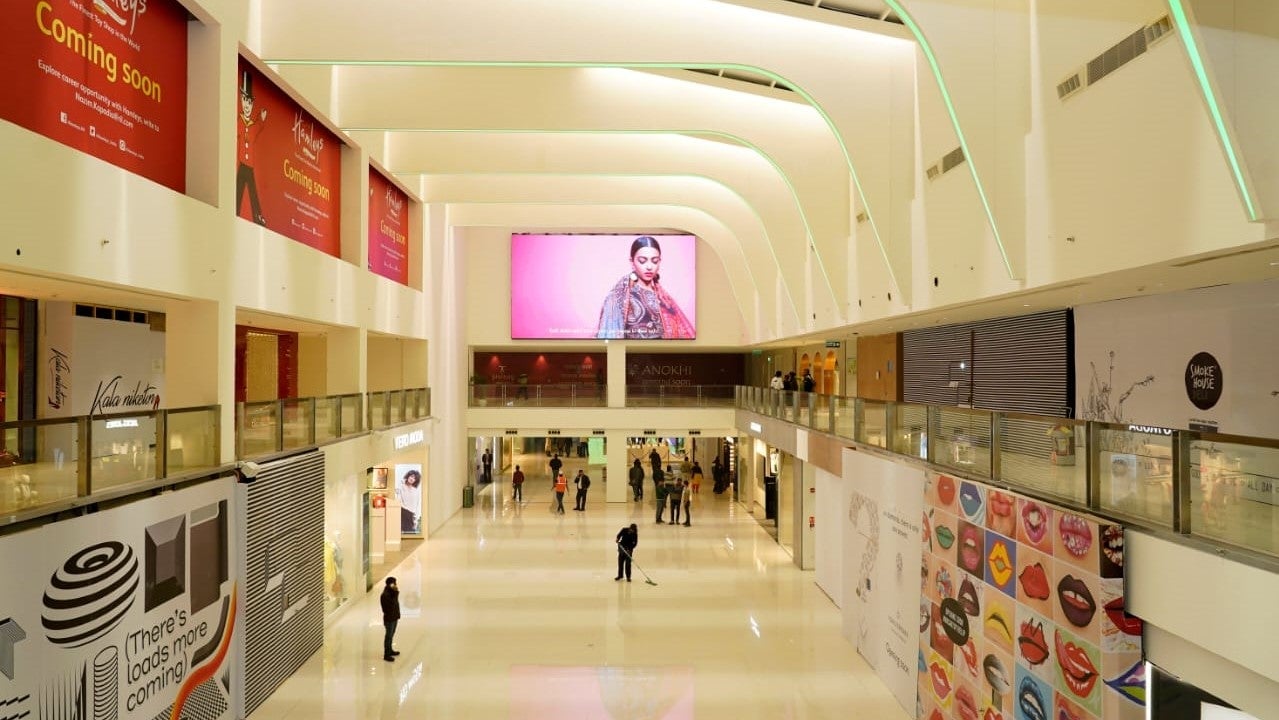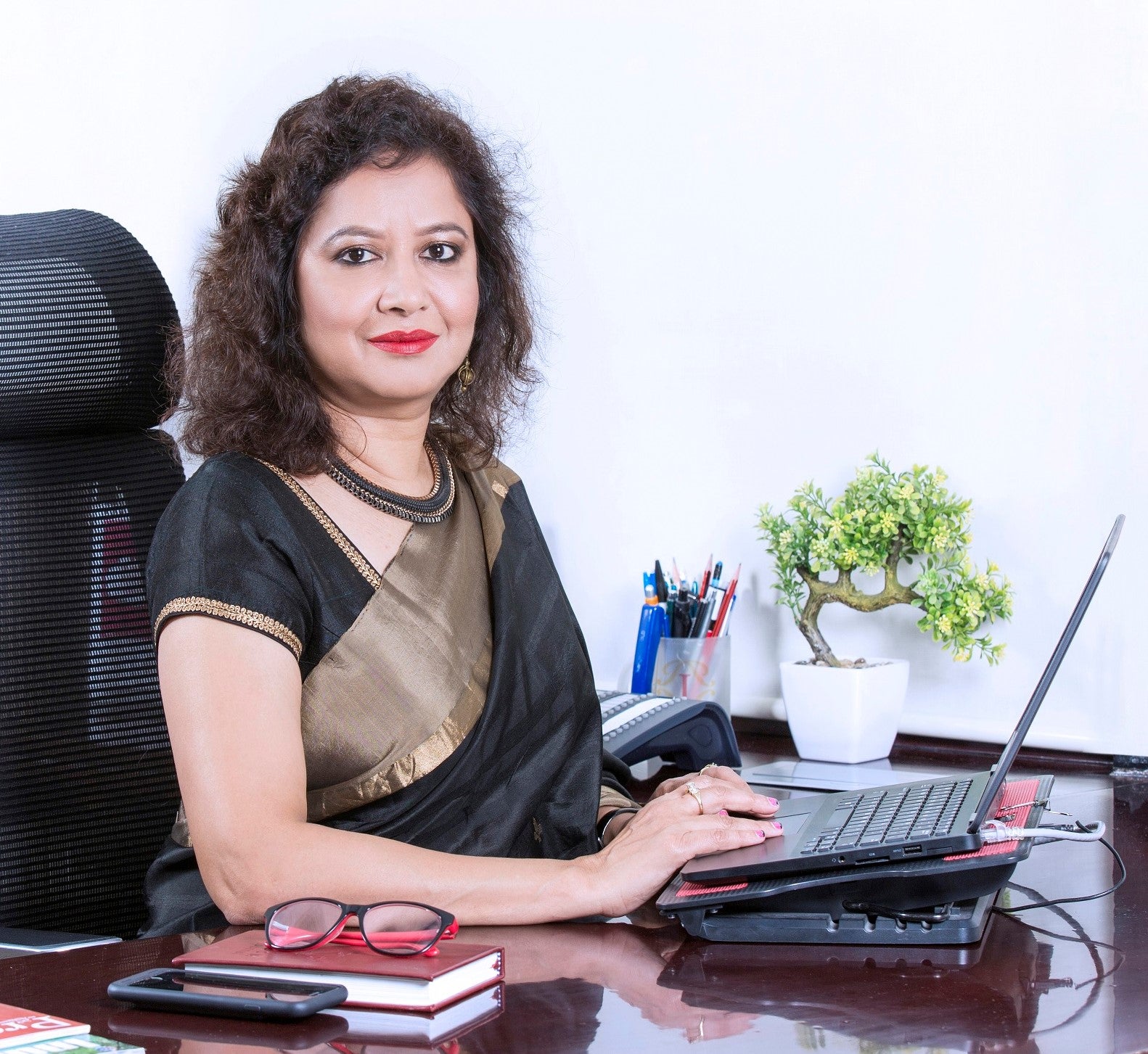DLF Shopping Malls deploys eateries and analytics to woo millennials
Amidst a slowing economy, shopping malls in India are struggling with tepid consumer interest. That, however, hasn’t deterred one of the country’s largest realtors from betting on the future.


Amidst a slowing economy, shopping malls in India are struggling with tepid consumer interest. That, however, hasn’t deterred one of the country’s largest realtors from betting on the future.
DLF Shopping Malls, the retail arm of DLF, just spent a whopping Rs100 crore ($14 million) on renovating and rebranding one of its property in South Delhi. The company plans to revamp its other malls, starting with the one in Chandigarh.
“We have rebranded our south Delhi mall as DLF Avenue. About 70% of the labels are new, replacing old brands and giving a complex fresh look and vibe. We have also significantly increased the space for food and beverages (F&B),” Pushpa Bector, executive director of DLF Shopping Malls, told Quartz. “The revenue is split 50:50 between retail sales and F&B. This is the cash cow.”
DLF’s plan also comes amidst stiff competition from e-commerce. Last year, during Diwali, which is the country’s peak shopping season, footfalls at prominent malls in metro cities fell from the previous few years. Purchases were even lower, reports said.
However, mall owners are coming up with innovative ways to make money. For instance, DLF has created a co-working space at DLF Avenue, given the high demand for such spaces by startups, Bector said during a telephonic interview. Below are edited excerpts from the conversation:
What is the objective of revamping the south Delhi mall?
We opened the mall 11 years ago. Over the years, customer requirements have changed and more brands have come in. It was time for us to reflect the changing tastes of millennials and young women.
What all did you factor in before the revamp?
We looked at the expectations of brands, including the kind of interiors they wanted. The team was keen on creating a distinct arrival experience for shoppers, among other things. South Delhi is a populated area, it has evolved consumers who are exposed to global fashion and food trends. These consumers are looking at curated experiences. Looking at this market’s current and future shopping requirements, we have worked to enhance and make the experience of shoppers grander.
Post revamp, how has the brand-mix changed at the mall?
There are a total of 105 brands that the mall houses. Of these, 95 brands are new. The idea is to get young brands, which are doing well online, into our shopping centre. These include Uniqlo, Nykaa Luxe, Vero Moda, Go Sports, Superkicks, and Marks & Spencer. Athleisure, ethnic, and fusion wear is doing very well with consumers. We want to bring more such brands to shoppers.
DLF is big on promoting F&B. What are the key changes that you have made in this space?

In today’s day and age, there is no differentiation between people’s work life and social life. Both are intermingled. For a mall, it is necessary to extend this social ambit by offering people more space and opportunities to meet and have conversations. And food, therefore, is an important offering.
Also, food is a new passion among Indians. Social media platforms, including Instagram, help drive stickiness and get more foodies to shopping destinations.
Following the revamp, DLF Avenue will present “The Commons,” our food courtyard, which is spread over three floors. We are bringing curated food experience for our shoppers. We have Indian as well as international cuisines for consumers. We will open F&B space by March-April. Currently, that space is blocked and is being renovated.
The company is also building a co-working space on its premises.
We are creating a co-working facility within the property. The country is running high on startup energy. We have created a coworking place with 150 seats. The facility should be ready in a couple of months for leasing.
So, what is DLF’s expansion strategy?
Expansion is all about finding the right location. While expanding, DLF looks for high-density areas. A lot of work goes into identifying the right property. The team pursues catchment analysis—looking at the existing size of the market, the number of shoppers, and their profile. One has to also look at the wallet power (spending capacity) of buyers and future potential of the market. Ease of doing business is another big parameter before getting into a new market. Next, we will be relaunching and repositioning our Chandigarh mall.
How different are the markets across India?
There are differences in how each market operates and behaves. When one expands, it is not a cookie-cutter approach. If the market in north India is about high consumption, south is more about a focus on high quality and promoting local brands. Again, in terms of shopping preferences and behaviour, shoppers in west India are similar to those in north India.
How are you leveraging consumer data to improve their shopping experience?
We are big on consumer analytics. The team tracks consumer journey within the mall looking at what is it that shoppers are buying and what are the products that they are asking for. We capture and evaluate consumer movement through artificial intelligence, live dashboards, etc.
For example, using consumer data, the team is working towards launching a loyalty programme. The idea is to leverage our six properties to create scale and offer more benefits to consumers. We want to create a loyalty programme where shoppers can spend at any of our six properties and avail of benefits at the property of their choice.